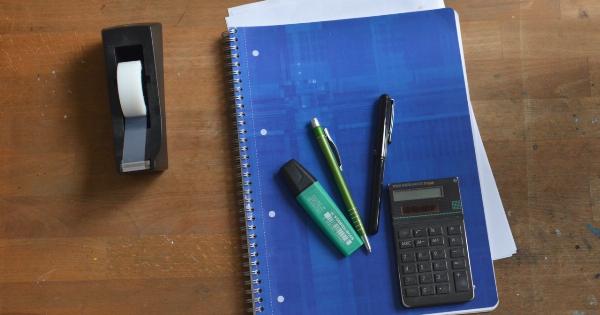Back pain can be debilitating, affecting your daily activities and overall quality of life.
Whether you’re currently suffering from back pain or hoping to prevent it in the future, this handbook offers essential tips and strategies to keep your back healthy and pain-free. From maintaining proper posture to incorporating exercises into your routine, here are some effective measures to prevent and manage back pain.
1. Maintain Good Posture
Proper posture plays a crucial role in preventing back pain. Avoid slouching or hunching over, whether you’re sitting, standing, or walking. Keep your shoulders back, abdomen pulled in, and spine aligned.
Remember to frequently check and correct your posture throughout the day.
2. Lift Objects Safely
Improper lifting techniques often lead to back injuries and pain. When lifting heavy objects, bend your knees and use your leg muscles instead of your back. Keep the object close to your body and avoid twisting while lifting or carrying.
If the object is too heavy, ask for assistance.
3. Strengthen Your Core
Engaging in core-strengthening exercises can help alleviate and prevent back pain. Strong core muscles provide better support and stability to your spine.
Include exercises like planks, bridges, and abdominal crunches in your fitness routine to strengthen your core and protect your back.
4. Stay Active
Incorporating regular physical activity into your routine is essential for maintaining a healthy back. Engage in low-impact exercises such as swimming, walking, or cycling to strengthen your back muscles and improve flexibility.
Avoid prolonged periods of inactivity as it can lead to muscle stiffness and back pain.
5. Practice Proper Sleeping Positions
The way you sleep can significantly impact your back health. Avoid sleeping on your stomach as it strains your neck and back. Opt for sleeping on your back or side, ensuring proper spinal alignment.
Consider using a supportive pillow and mattress to maintain a comfortable and supportive sleep position.
6. Use Ergonomic Furniture
Invest in ergonomic furniture, such as an adjustable chair and desk, to support a healthy back. Set up your workstation in a way that promotes good posture and reduces the strain on your back.
Ensure your chair provides adequate lumbar support and that your feet are flat on the floor.
7. Stretch Regularly
Performing regular stretching exercises can help prevent back pain by improving flexibility and reducing muscle tension. Incorporate stretches for your hamstrings, hip flexors, and lower back into your daily routine.
Remember to warm up before stretching to prevent injuries.
8. Maintain a Healthy Weight
Excess weight can put strain on your back and increase your risk of developing back pain. Maintain a healthy weight through a balanced diet and regular exercise.
Shedding a few pounds can significantly reduce the pressure on your back and improve overall spinal health.
9. Practice Stress Management
Chronic stress can contribute to muscle tension and back pain. Engage in stress-reducing activities such as yoga, meditation, or deep breathing exercises. Manage your stress levels to prevent the accumulation of tension in your back muscles.
10. Quit Smoking
Studies have shown a link between smoking and back pain. Smoking reduces blood flow and can impair the healing process, leading to prolonged back pain. Quit smoking to improve your overall health and reduce the risk of developing or worsening back pain.
By incorporating these essential tips and strategies into your lifestyle, you can significantly reduce the risk of back pain and improve your back’s overall health.
Remember to consult with a healthcare professional if you’re currently experiencing severe or persistent back pain.






























